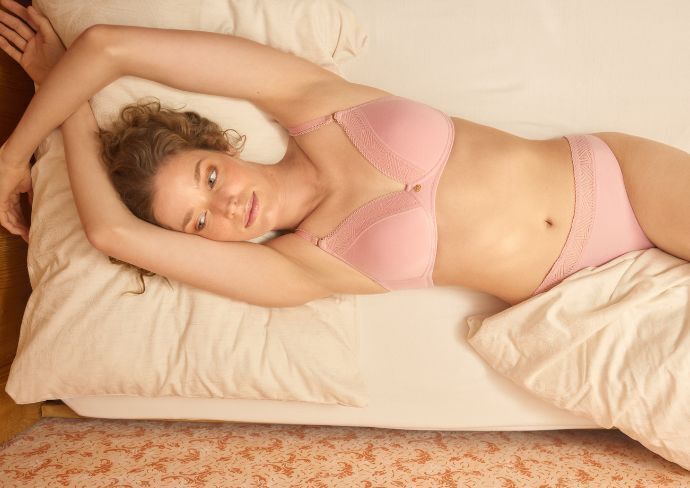Our world at Lisca almost always revolves around breasts – and around how to make them feel as comfortable as possible in a bra or swimsuit. Yet it often takes October to remind even those of us who work with women’s busts every day about a few simple minutes we should all dedicate each month to checking our own breasts.
Breast self-examination helps with the early detection of breast cancer and should become a regular habit. You should start doing it when you’re young and continue until menopause—every 7th to 10th day after the start of your period, and afterward on a chosen day each month.
If you’re not doing it yet, take a few minutes to read these short instructions on how to properly check your breasts.
Step 1
Stand in front of a mirror and carefully look at your breasts. Make sure there are no visible changes—such as redness, swelling, dimpling of the skin or nipple, or any discharge.
Then place your hands behind your head and check again for any visible differences.
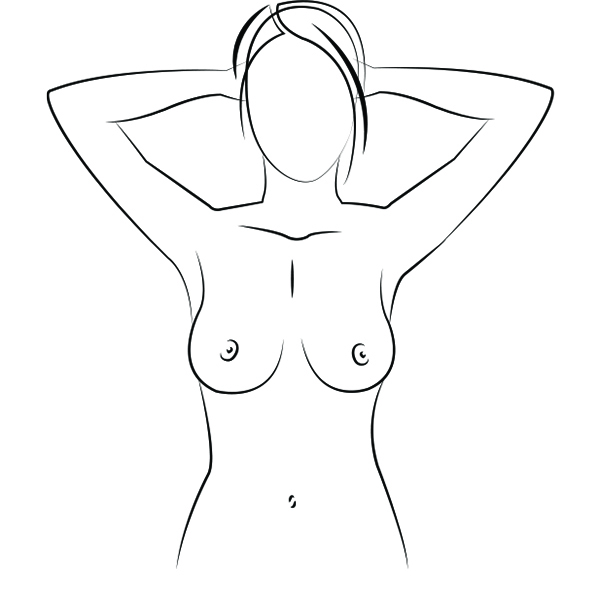

Step 2
Raise your right arm and place your left hand on your right breast. Keep your fingers straight and together, and use small circular motions to feel the entire breast, starting at the outer edge and moving toward the nipple.
This is easiest to do in the shower, when your hand can glide smoothly over soapy skin.
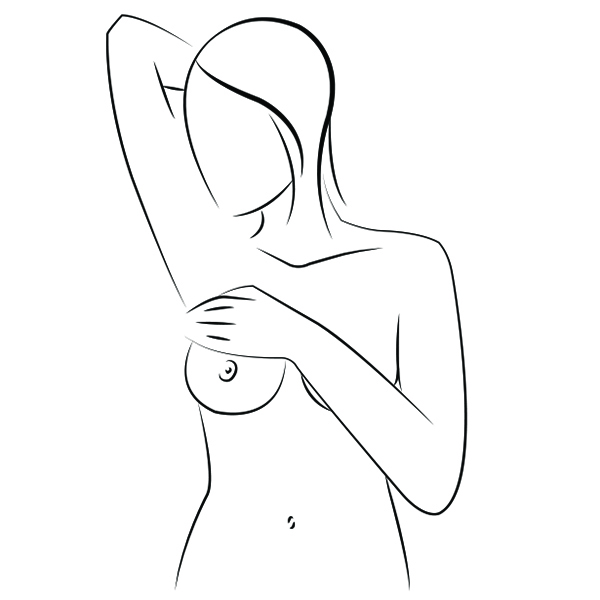

Step 3
Lean forward and support your right breast with your right hand.
Using gentle circular motions, press lightly on the breast with your left hand.
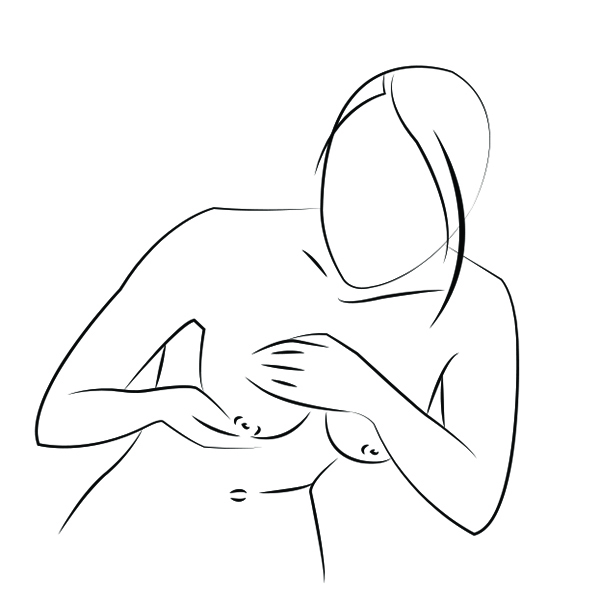

Step 4
Lean forward and let your left arm hang down.
With the fingers of your right hand pressed together, feel your left armpit area, then repeat the examination with your fingers spread apart.
Repeat the entire process on the other breast.
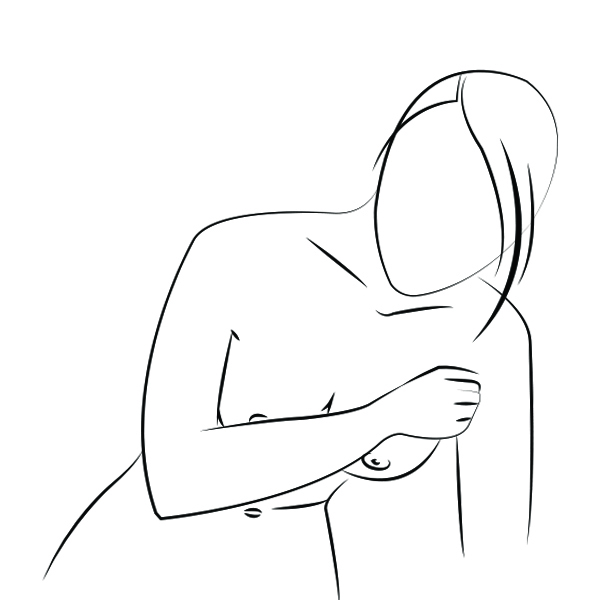

During breast self-examination, pay attention to any changes in size, shape, or skin color, as well as any lumps or changes in the nipple—such as inversion, discharge, or a change in size. The first time you check your breasts, take time to get to know them—you’ll notice they differ in size and shape, and small lumps are quite common. That’s why it’s important to focus on changes in future monthly exams.
Be sure to examine and feel both breasts carefully, and if you notice any changes, consult your doctor.
Also, make sure to wear a bra that’s the right size and model—one that truly feels comfortable.
